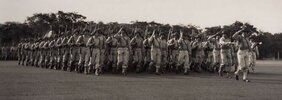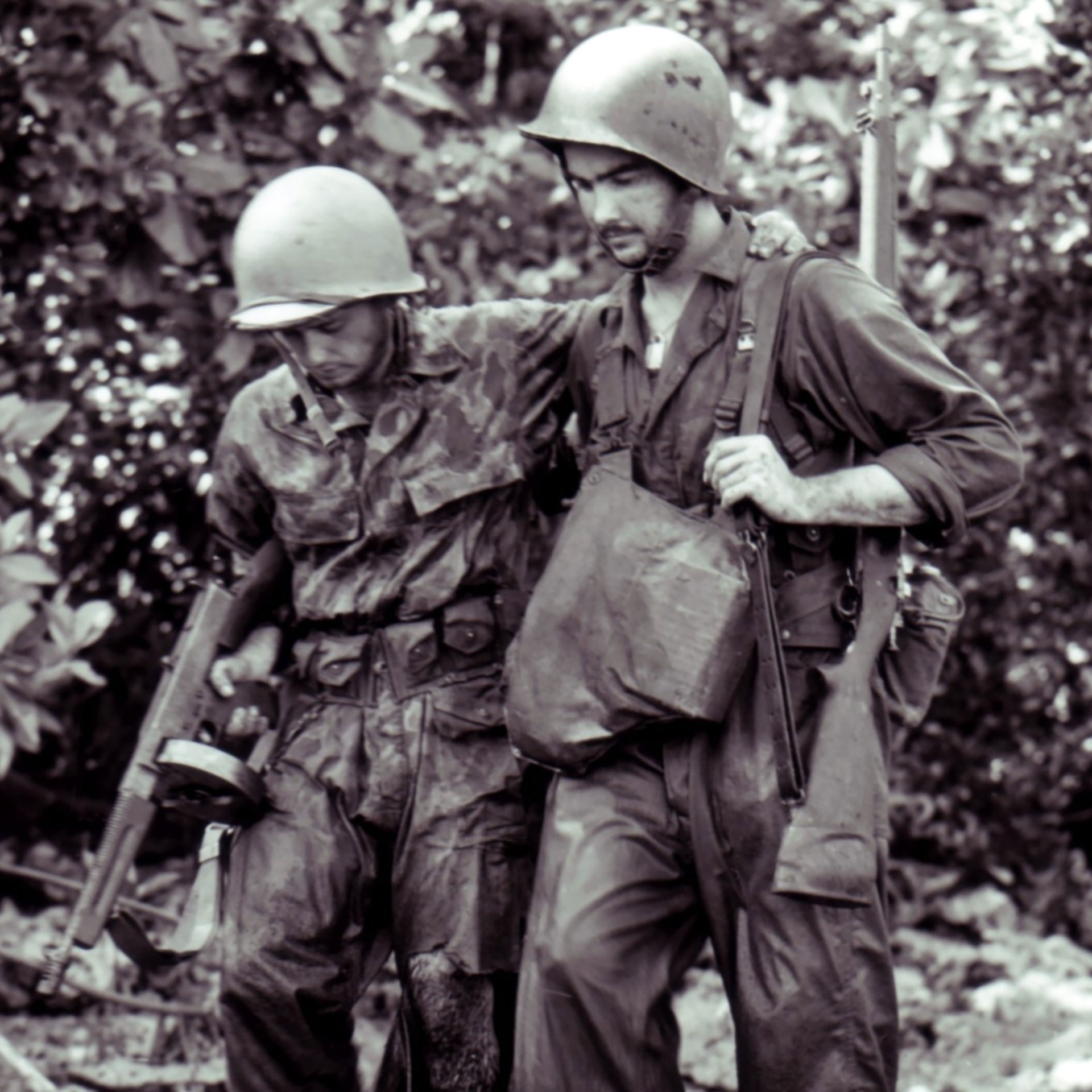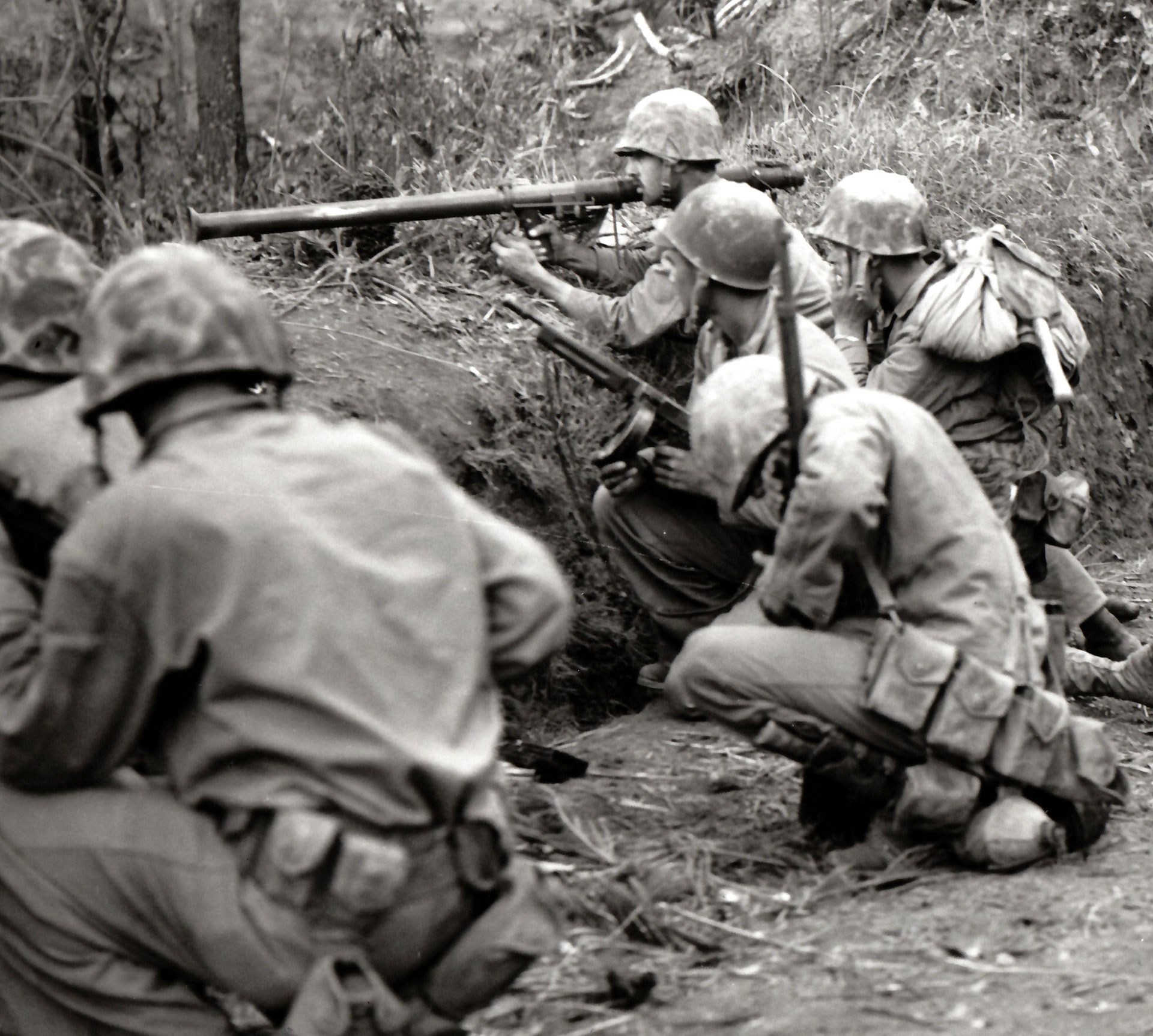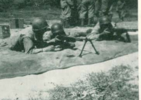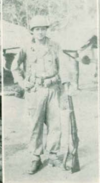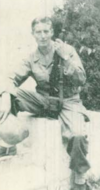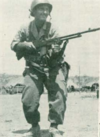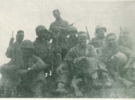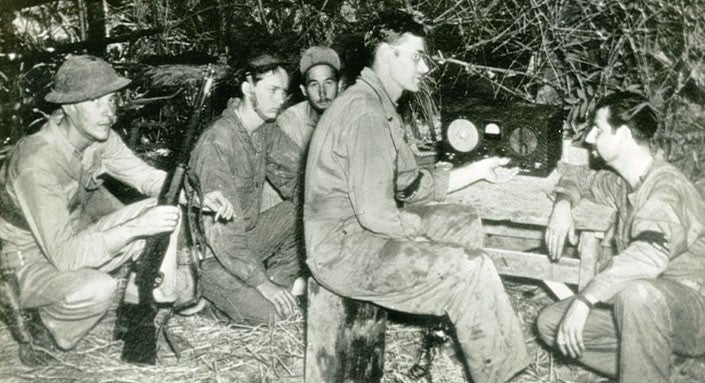Is there any way to find out what weapons a particular unit would have likely been issued?
I'm particularly looking for what rifles may have been issued to the average infantry soldier of the 123rd Infantry Regiment 1943 - 1945.
M1s ?
ETA: Pacific Theater. Mostly Guinea and the Philippines
I'm particularly looking for what rifles may have been issued to the average infantry soldier of the 123rd Infantry Regiment 1943 - 1945.
M1s ?
ETA: Pacific Theater. Mostly Guinea and the Philippines
Last edited:


